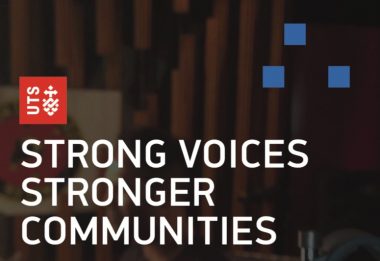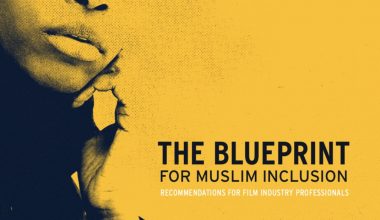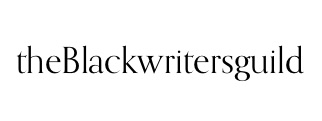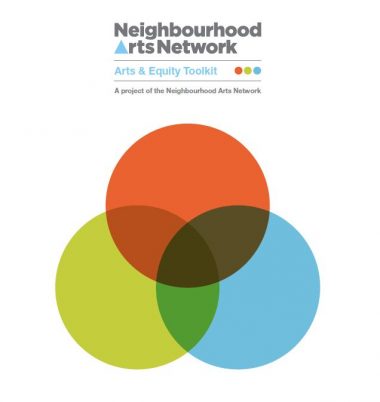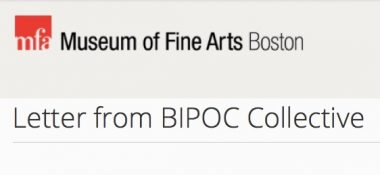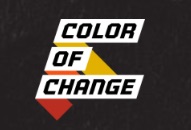In many organisations, diversity professionals have to compete to get the attention of senior management and board-level executives. Pushing for the resources and will-power needed to transform organisations beyond inauthentic strategies, tokenism and ill-performing but well-meaning projects can be tough.
Whilst Fortune 500 shows that white men account for 85% of board level roles, McKinsey reports that organisations in the top quartile for ethnic and racial diversity in management were 35% more likely than others to have financial returns above the industry mean – yet many organisations still lag behind in nurturing rather than squandering diverse talent.
One viewpoint is that only asking, “What’s the most lucrative thing to do?” is masking the more important question – “What’s the right thing to do?”
How do I do it?
Here are some suggestions on how to start instigating real conversations about race, revamping diversity and inclusion programs, and better managing career development at every stage:
- Don’t focus solely on preventative measures (such as antibias training); make room for proactive initiatives, which might include increasing the number of black candidates considered for open positions and stretch roles.
- Avoid one-size-fits-all and colour-blind leadership-development practices in favour of courses, initiatives and coaching tailored to specific cultural groups.
- Help black and First Nations employees to emerge as leaders throughout their careers, including teaching existing managers the skills they need to support diversity and inclusion efforts.
- Make connections with organisations that are driving forward diversity and inclusion on the arts sector. Reach out and engage with initiatives and programmes that are spearheading racial and cultural equity.
To increase the cultural diversity of trustees on boards in arts organisations, we should also pay attention to the voices demanding change from below, and from those cultural groups that make specific requests to their organisations or industries. The letters from the BIPOC Collective (Museum of Fine Arts Boston) and the Black Writers’ Guild in the UK are included here. The BIPOC Collective puts forward these action points “Consider alternate ways for Board membership [inclusion to be decided] beyond financial contribution, such as arts experience and community leadership. Require Board members to undergo regular antiracism training. Provide clarity on the current make-up and decision-making behind Board of Trustees appointments. Include data showing how many BIPOC people hold seats on the Board of Trustees in the MFA’s Annual Report”.
This website focuses on ethno-cultural, migrant, refugee and minority ethnic racial equity in the arts and creative sector. Working with First Nations communities and cultural material requires very specific frameworks, protocols and standards that this website does not attempt to address. Find out more.
